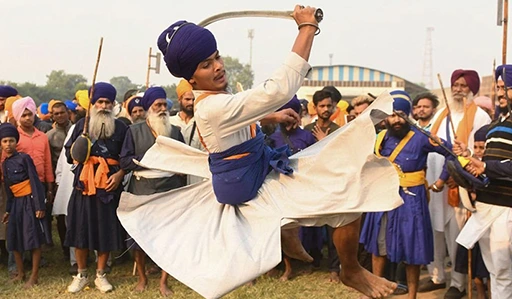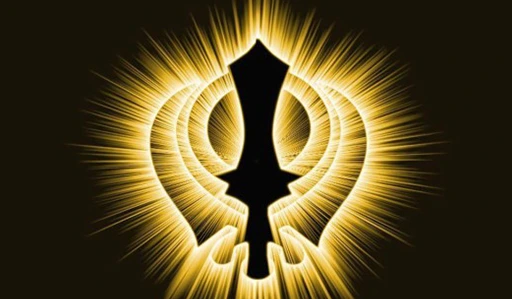Sikhism began in the South Asian region of Punjab, which is now shared by the countries of India and Pakistan. Hinduism and Islam were the main religions in the area at the time.
Guru Nanak started teaching a religion that was very different from Hinduism and Islam around 1500 CE. This was the start of the Sikh faith.
Nine Gurus came after Nanak. Over the next few hundred years, they built up the Sikh religion and community.


After Ranjit Singh died in 1839, the Sikh state fell apart because of violent fights over who would be the next leader.
In 1845 and 1846, soldiers from the British Empire beat the Sikh armies and took over a lot of Sikh land.
In 1849, the Sikhs rose up again, but this time the British beat them decisively.
After this last battle, the Sikhs and the British found that they had a lot in common and were able to get along well. The tradition began when Sikhs served in the British Army and did a great job.
The Sikhs got along well with the British because they stopped seeing themselves as subjects of the Raj and started seeing themselves as partners of the British.
When the British took over the Sikh religious establishment, they put their own people in charge of the Gurdwaras. This gave them a good religious image.
The Amritsar massacre in 1919 ended the good relationship between the Sikhs and the British.